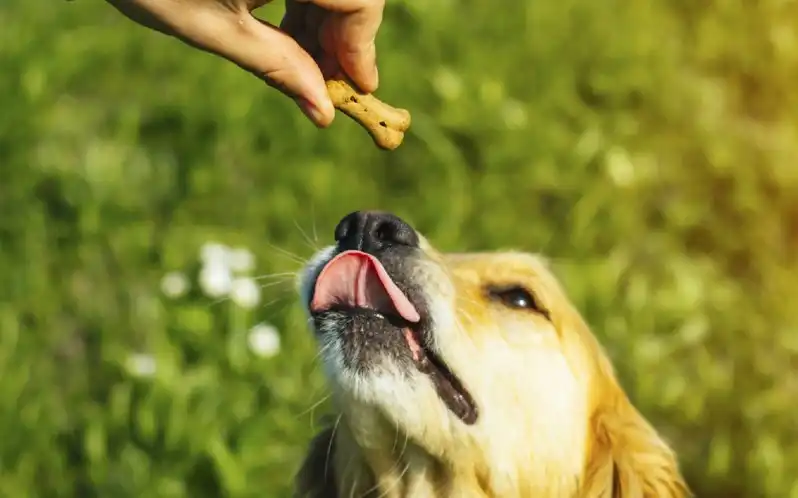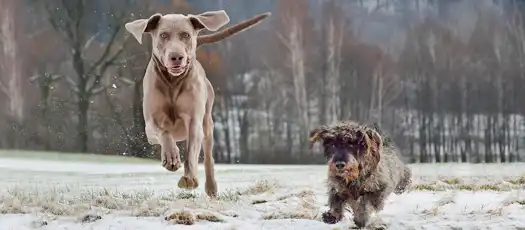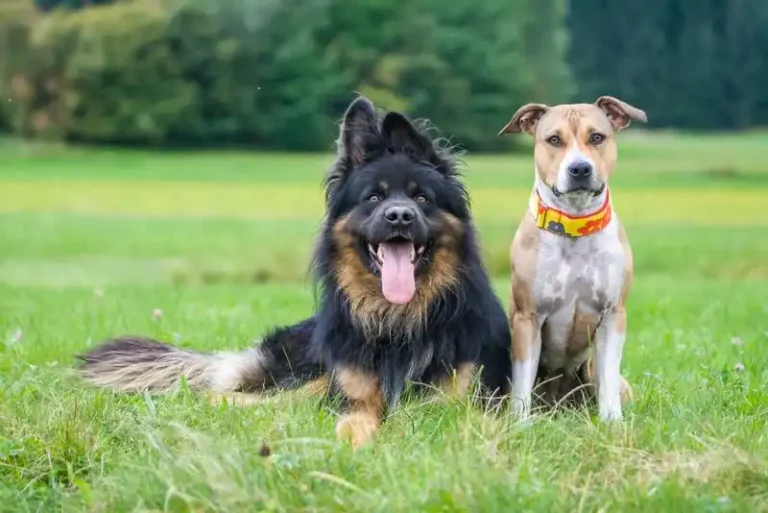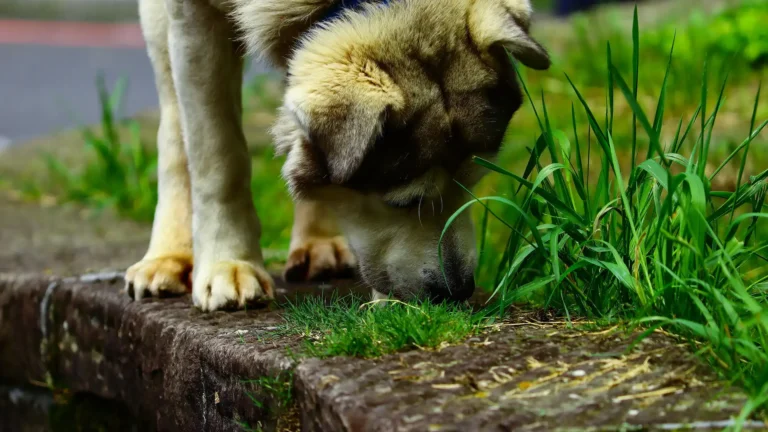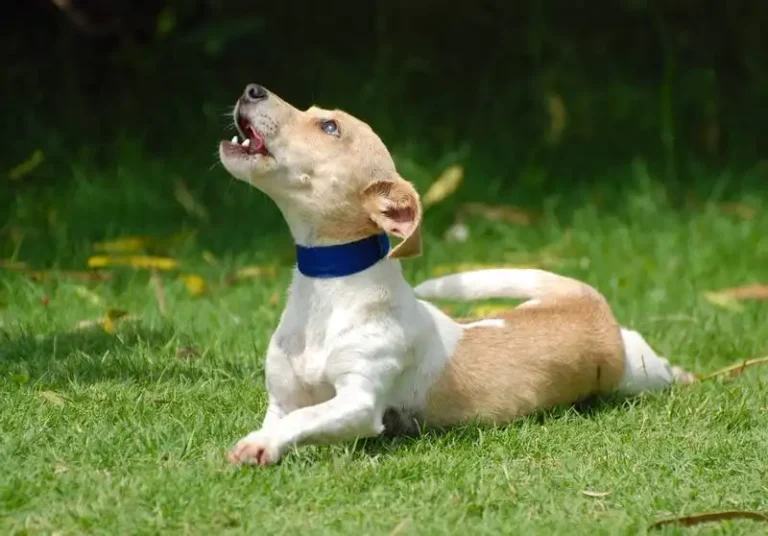How to Use Treats for Training
Training is important for any dog, be it a powerful Alabai or a tiny Spitz, a service or decorative breed. This is not an owner’s whim, but a necessity: knowledge of basic commands helps protect the puppy from danger and maintain its health. Completing a general course makes joint walks calm, visits to the vet or groomer stress-free.

Choosing the Right Treats for Training
- During the training process, choose a treat that your dog really likes. Do a little experiment with treats together with your pet. For example, take a piece of cookie in one hand and some meat in the other. By which treat the puppy reaches for first, you will understand what he likes more. So you can select several rewards from the simplest for your dog to the most attractive;
- The treats used during training must be absolutely safe for your pet. If your puppy is allergic to a particular cookie, make sure that these ingredients are not included in the treats you use. Inform the dog trainer in advance about your pet’s digestive system: during group training sessions, he shows exercises on dogs and feeds them with his treats;
-
A training treat should be practical and easy to use.
The optimal format for a dog is “one piece”: large pieces take too long to chew, and excessively small ones can lead to crushing. For the trainer, the treat should not stain the hands and be immediately accessible – it is better to keep it in a separate bag or a special pocket to reward the dog in time.
How Often to Give Treats When Training
Dogs and small puppies should definitely be pampered, but in reasonable portions and without excess in frequency. It is important to remember that treats do not replace the dog’s main diet. Usually, the manufacturer indicates the dosage and recommendations on the packaging, based on the specific purpose of the product.
Crunchy treats – cookies, crackers and chips – are great for training a dog. The main thing is to treat them only during training, so that the encouragement is associated with a reward for correctly executed commands. This approach helps to form a clear association in the puppy: diligence and obedience bring a reward.
Treat Size: Why It Matters
The process of choosing the right size of dog treat depends on carefully considering a number of key points. By paying attention to them, you will provide your puppy with not only a tasty reward, but also one that best suits his individual characteristics:
One of the most important and key factors is the age and size of the dog. Miniature breeds, such as Chihuahuas or Yorkshire Terriers, will benefit from treats with small pieces. Puppies also need soft sticks, because their jaws and teeth are still developing. But for larger breeds, such as Golden Retrievers or German Shepherds, harder biscuits are better;
The condition of the teeth plays an important role when choosing a treat for dogs. If your pet has strong teeth and healthy gums, you should pay attention to larger and more textured pieces of treats – they help clean the oral cavity. But if there are dental problems, it is better to choose small and soft sticks that are easier to chew and do not cause discomfort.
Linking Treats to Positive Reinforcement
Every time the dog obeys a command, it receives a reward. This creates a positive connection – the correct action brings a reward and pleasant emotions. This association is fixed in the memory and in the future the puppy readily repeats the behavior, expecting a treat. The basic rules for using treats for dogs are as follows:
- An immediate response is important. Try to give the dog a treat within a couple of seconds after it has performed the command. This way, the pet will clearly understand what exactly brought him the reward;
- Systematic. At the first stages of training, rewards are given for each completed action. Over time, move on to a selective process – feed the cookie from your hand not for every command, but with some gaps so that the dog’s interest and motivation remain at the desired level;
- Variety. Use several types of rewards, alternating their tastes and textures. For example, the assortment of dog treats in the BestPet online store includes both crunchy cookies and soft meat pieces, making it easy to choose a ready-made option for any puppy.
Mistakes When Using Treats in Training
- Mistake #1: uneven rewards. Many give handfuls at the beginning of training, and almost nothing at the end. The dog gets tired and loses motivation to train for crumbs. It is much more effective, on the contrary, to leave extra treats for the end of the lesson;
- Mistake #2: Lack of motivation. Commands given without a treat or hungry interest teach the dog to “choose” whether to obey or not. At the initial stage, train it when the puppy is really ready to train and avoid situations in which the dog will not be able to perform the command;
- Mistake #3: Forcing a treat. If the dog turns away from the treat, it means that its motivation is zero, and your encouragement is perceived as violence. Even after following the command, it does not benefit from the food, since it is no longer valuable to it. Before training, make sure that the dog still wants the treat.
- Mistake #4: Over-enticement with cookies. At the start of training, a treat in your hand works great, but over time it is important to remove it from sight so that the dog finds the right position itself. A bag of treats will allow you to quickly reward the puppy, while maintaining the confidence that the treat will still be there.
